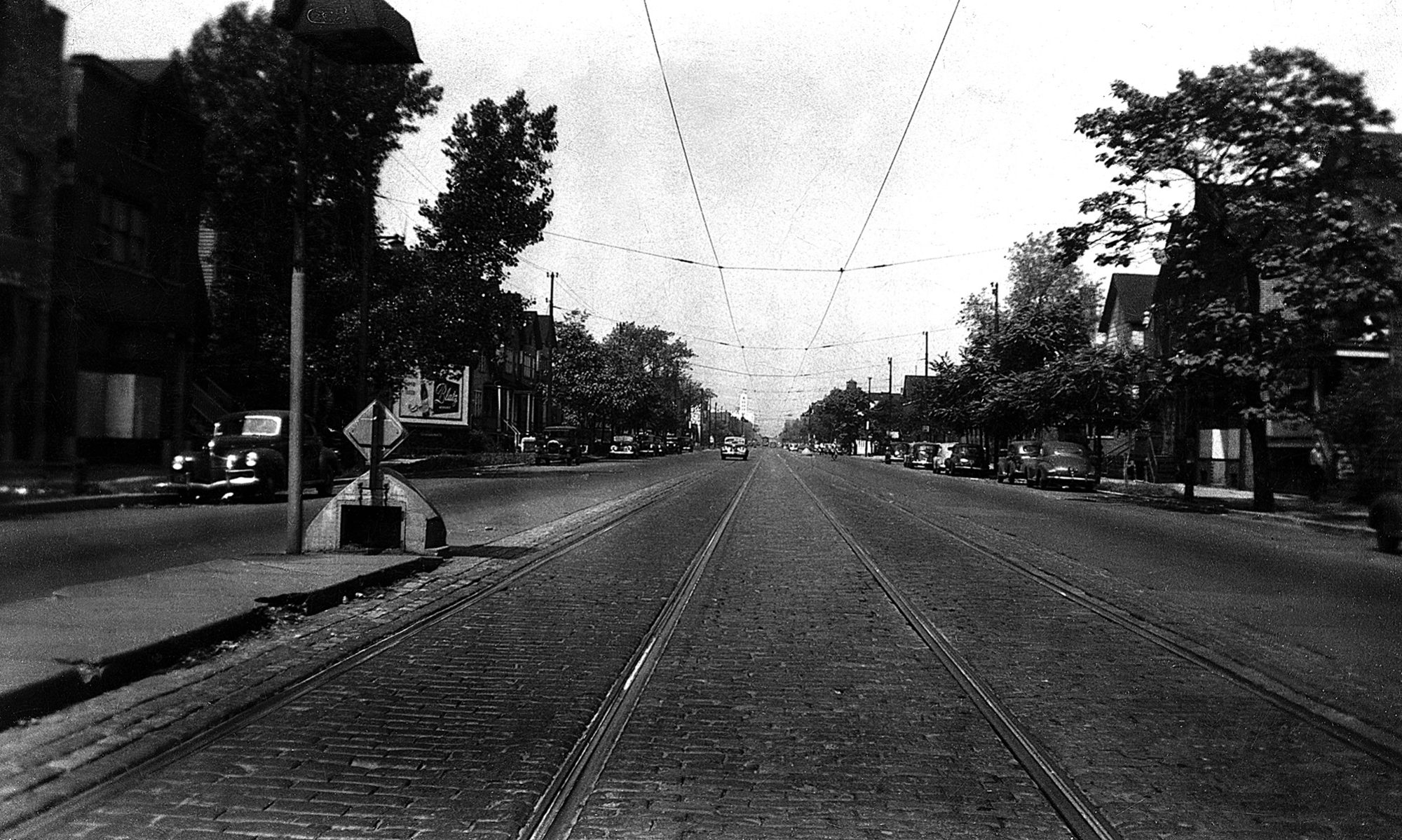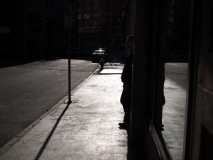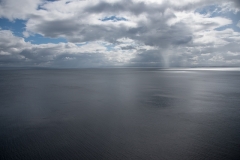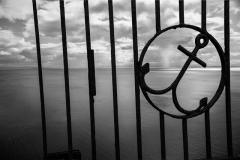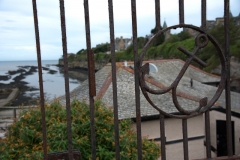Late last year I submitted ten images to be assessed by five Photographic Society of America assessors. The PSA portfolio program provides an opportunity for those of use without a long history of photographic achievement to get recognition for our work. Unlike many competitions, the images that do not make the grade receive critiques. Professional photographers receive regular and significant signs of approval from clients and successful competitions. People like me who have aspirations to be good photographers do not have such great sources of reinforcement in practice. The PSA portfolio program helps to at least partially resolve the difficulty.
There are three levels of portfolio distinctions: Bronze, Silver, and Gold. The Bronze level requires ten images, Silver fifteen, and Gold requires twenty. A photographer can skip levels and go directly to Gold, but that would be foolhardy in my opinion. My quest began with Bronze.
The theme is important since each image must tell the story stated by the theme. My theme was “Boston, You’re My Home”. All of the images are street photos rendered in black and white.
The comments that I received sting a bit. The assessors comments are only provided for the images that did not do well. Of the five assessors, at least four must approve each image to qualify the portfolio for honors. Three out of ten of my images qualified. Let’s look at the ones that qualified.
The first one, “Pride”, was taken at a gay pride event in Boston. The placement of the subjects is great, if I must say so myself. The tones are balanced and the focus is sharp. The sign of Faneuil Hall in the background echos the theme.

The second image, “Reportage”, was taken at an evening protest near Boston Common. The New England Cable News reporter is in the moment and her placement in the frame is good. I also like that she is facing toward the right. I think that viewers like that since we read from right to left. The right to left movement also takes us to the camera operator. His stance says something about the height of the reporter. The focus on the subject and the camera operator is sharp.

Finally, the third image, “Touristic Lecture”, is a common sight in downtown Boston. The actor in period dress is explaining the history of the city. In this case, the subject is detached from the lecture while the actor is in motion and trying his best to make his point. The focus on the subject is sharp and helps to draw attention to her.

I agree that those were the best of the ten. If you have any comments, please feel free to weigh in. I would be interested in knowing your thoughts on these. My subsequent posts will present the not so good.
